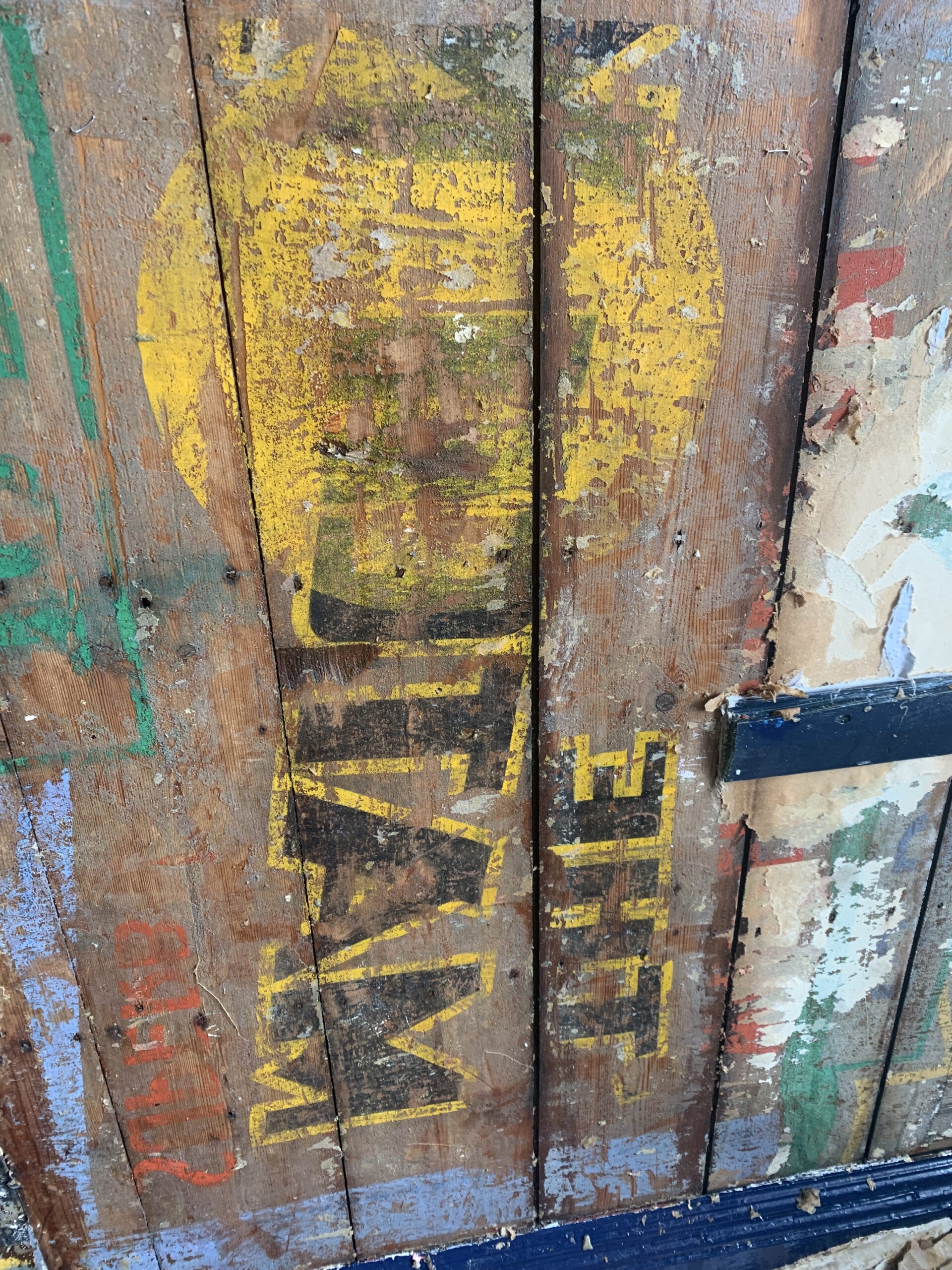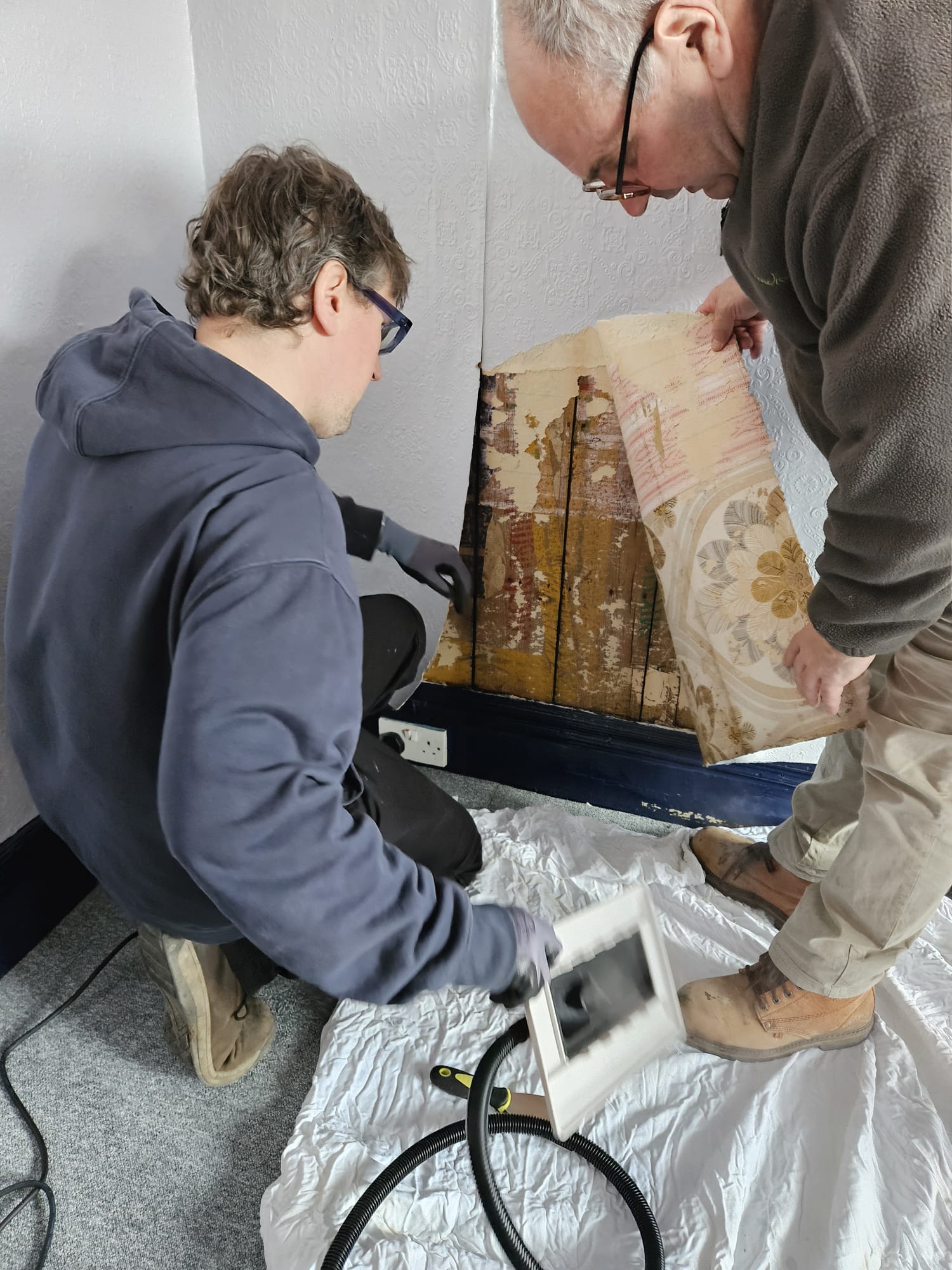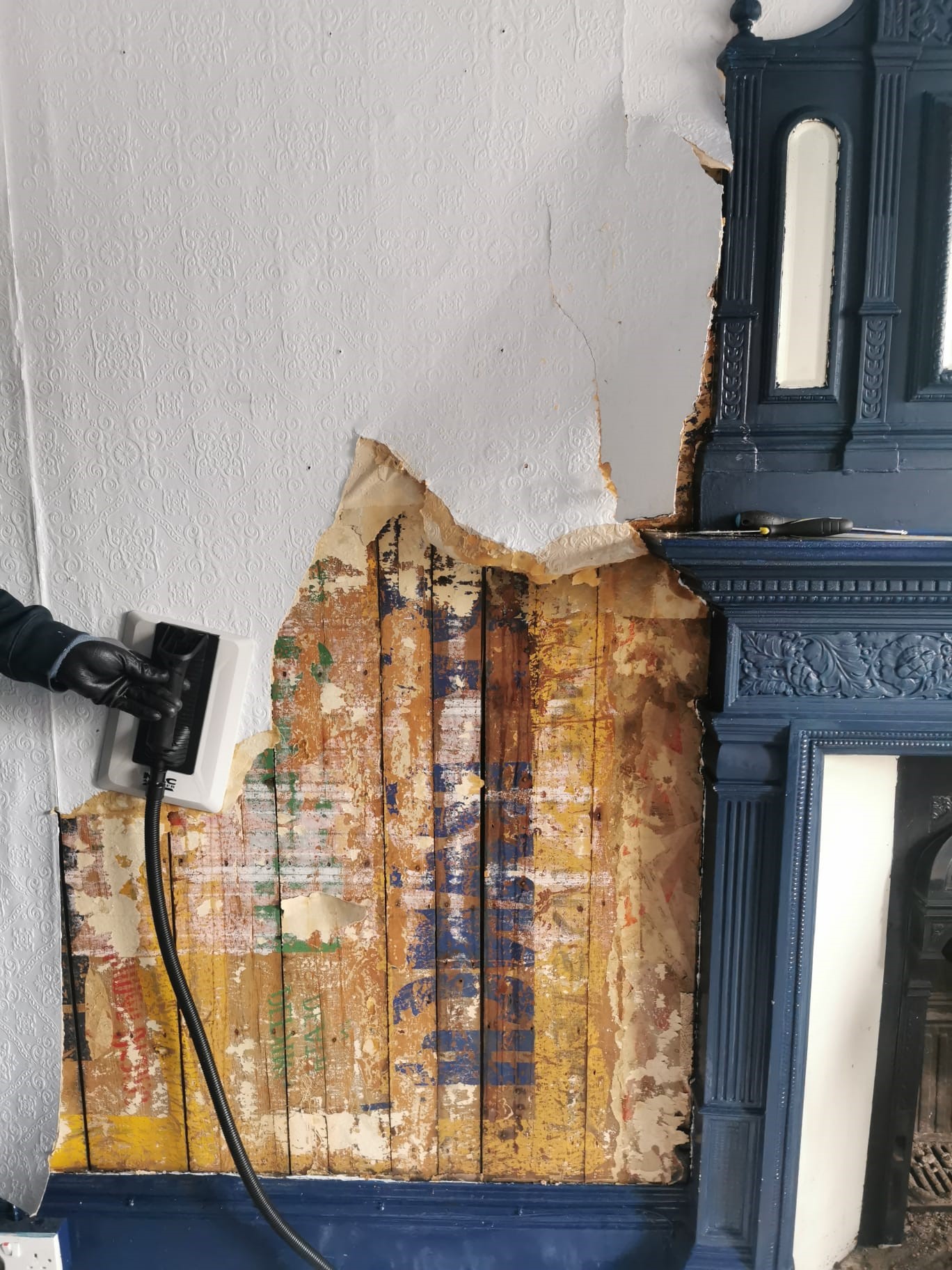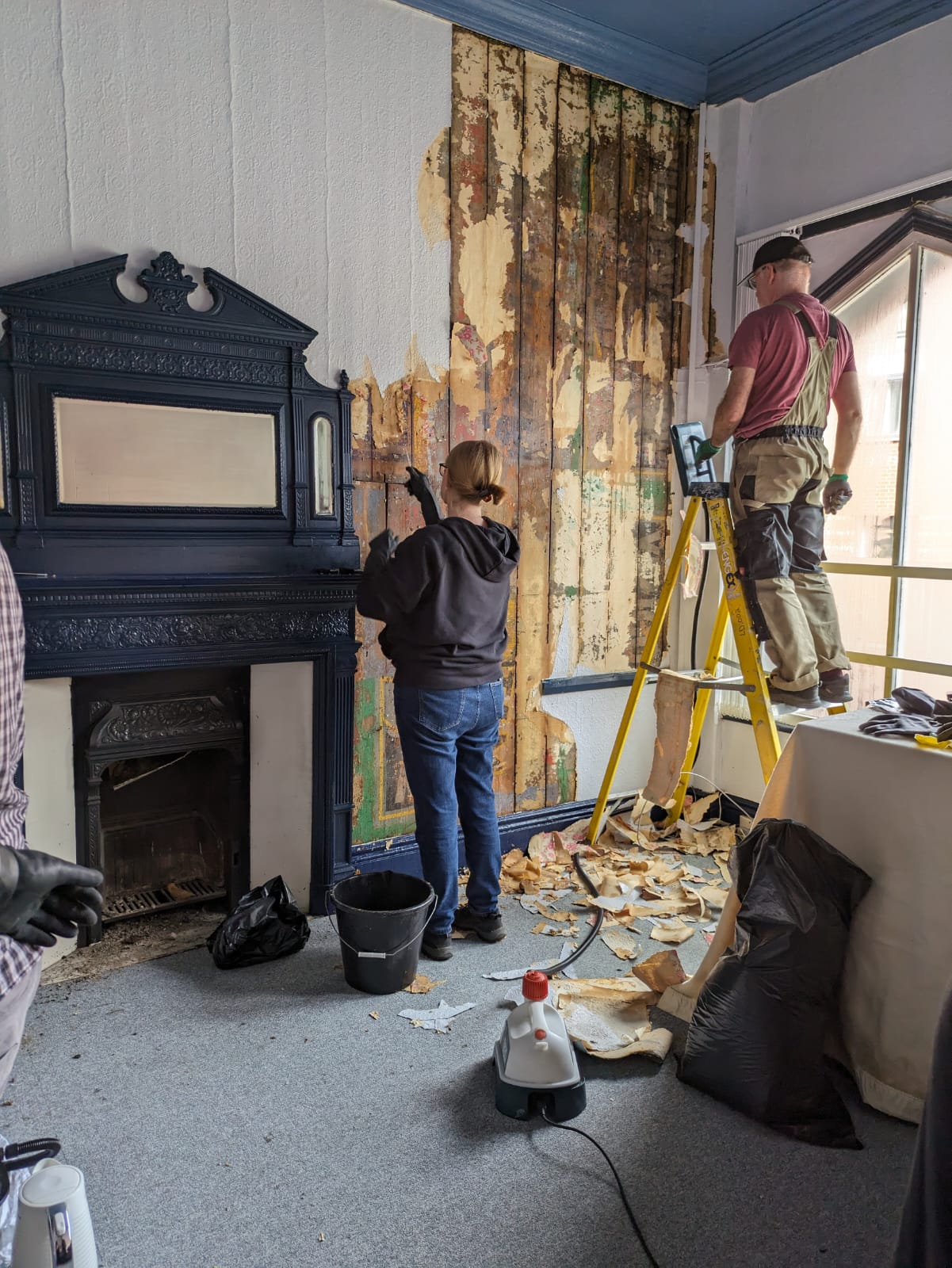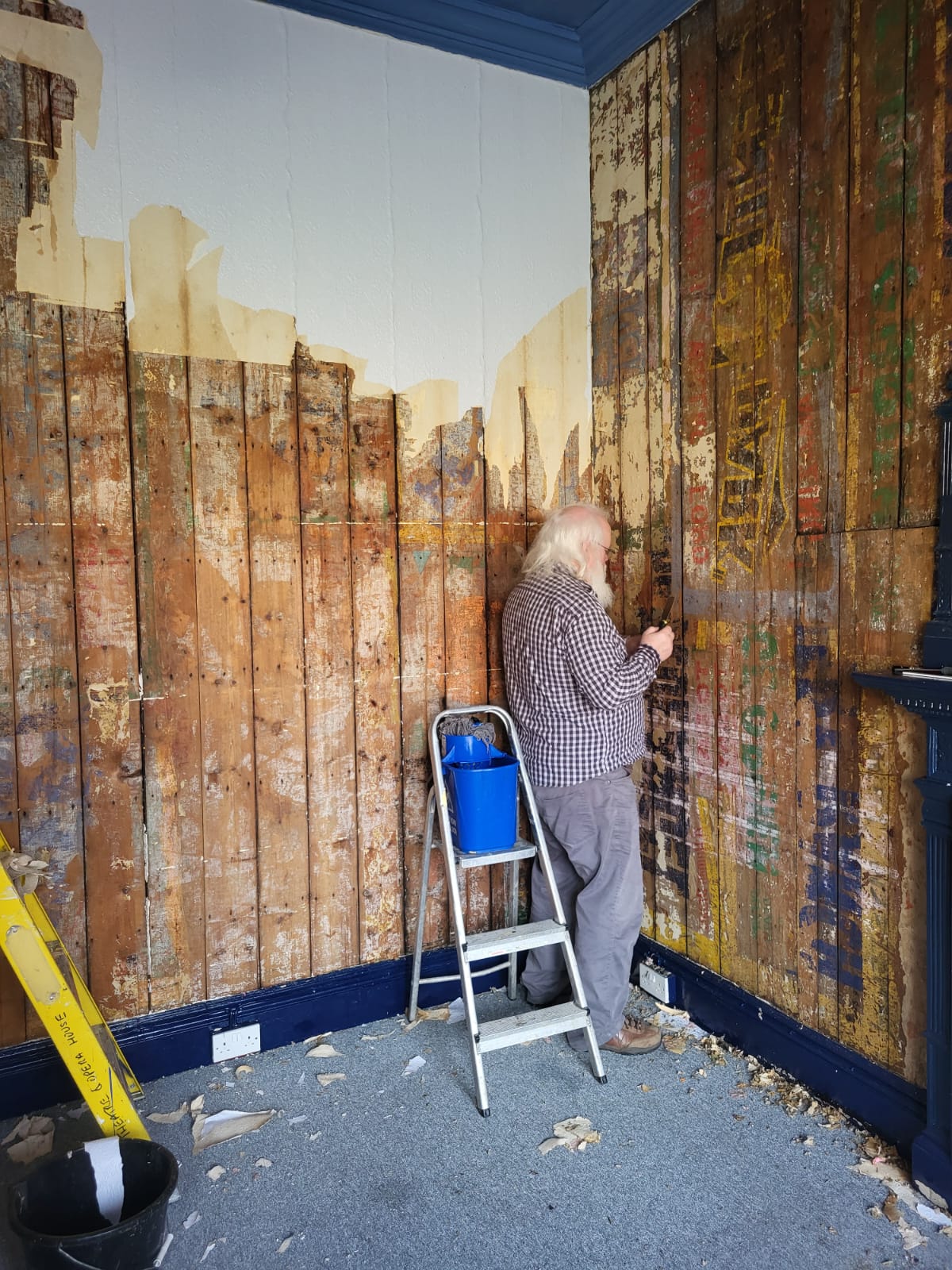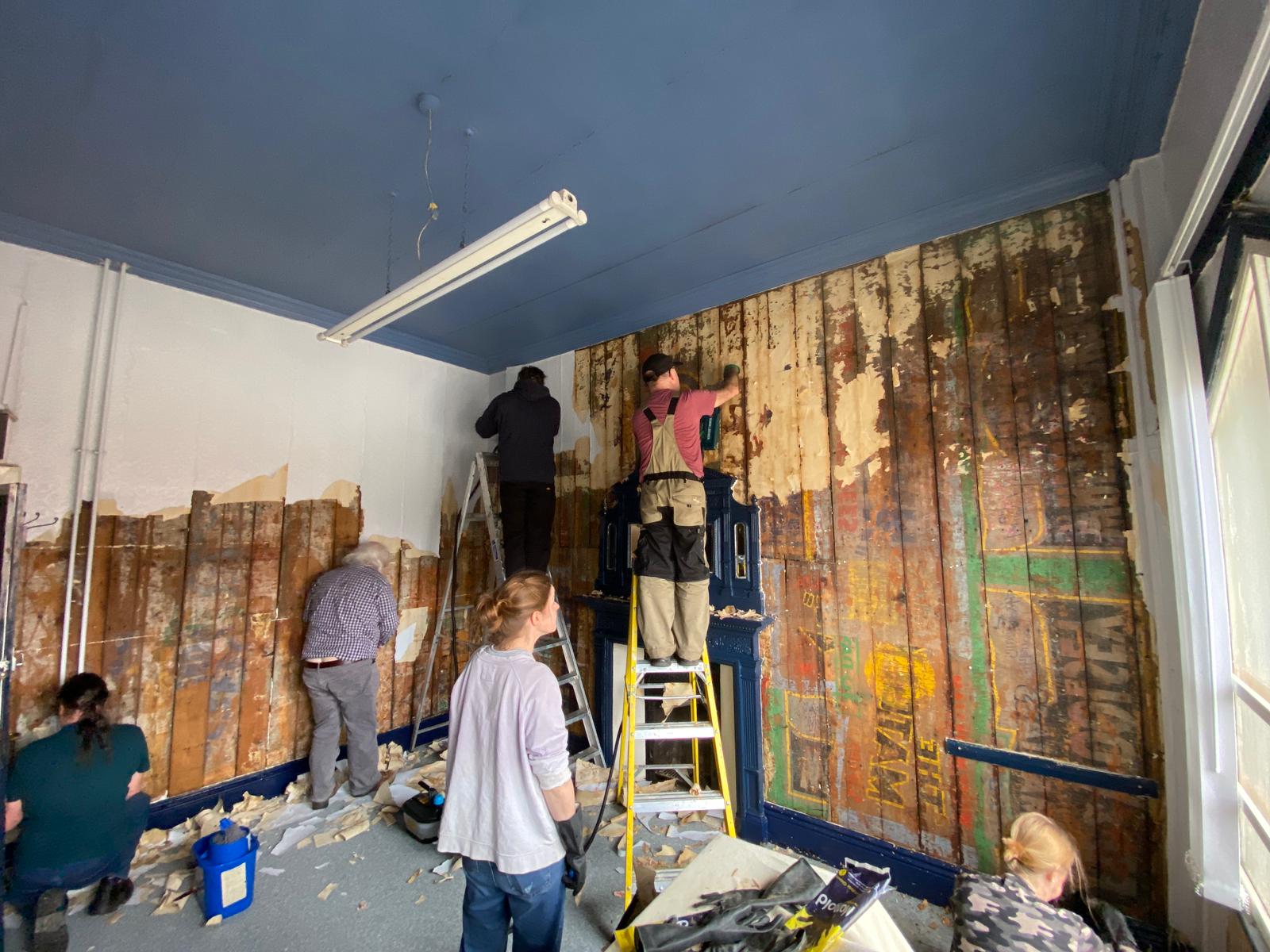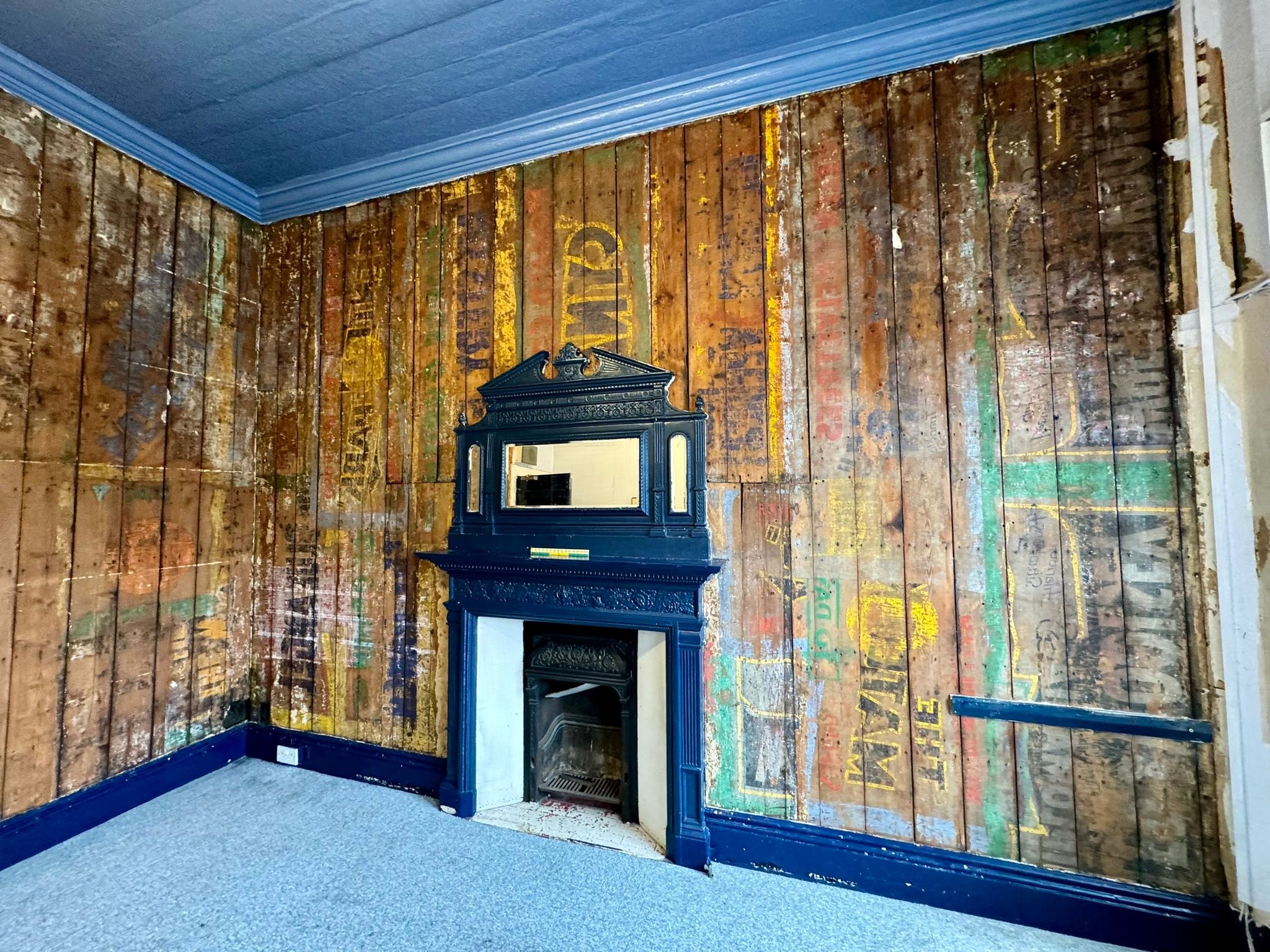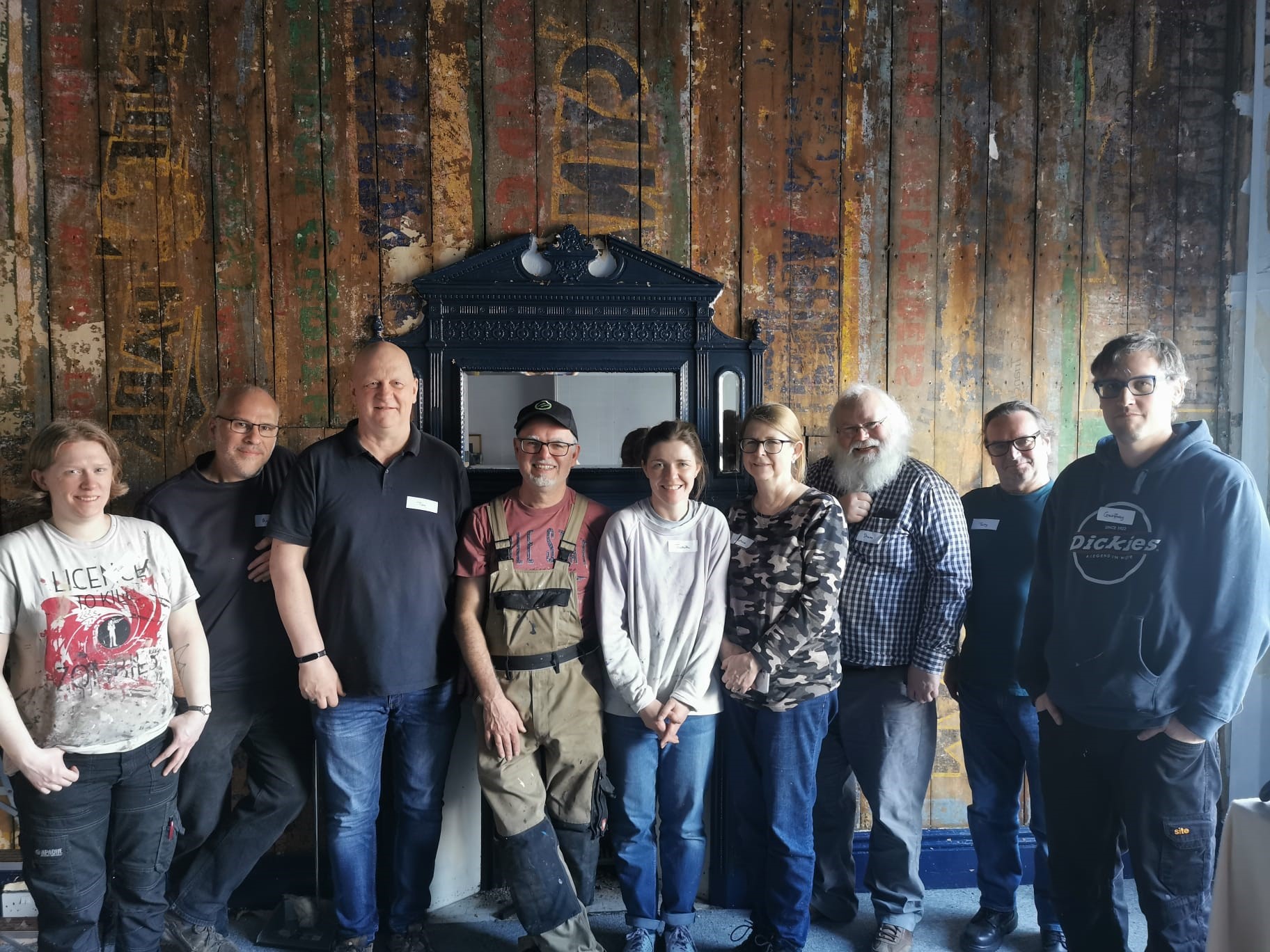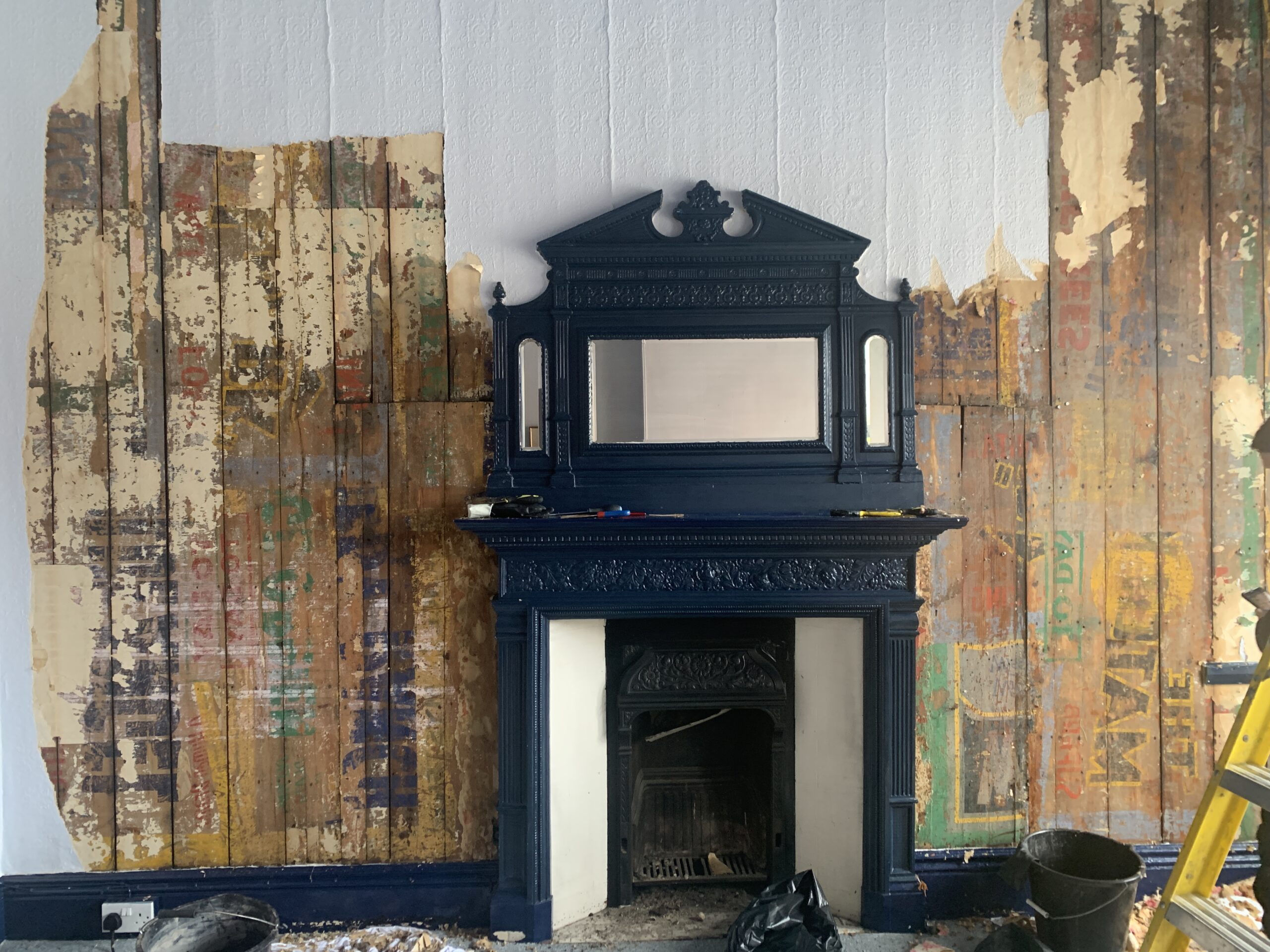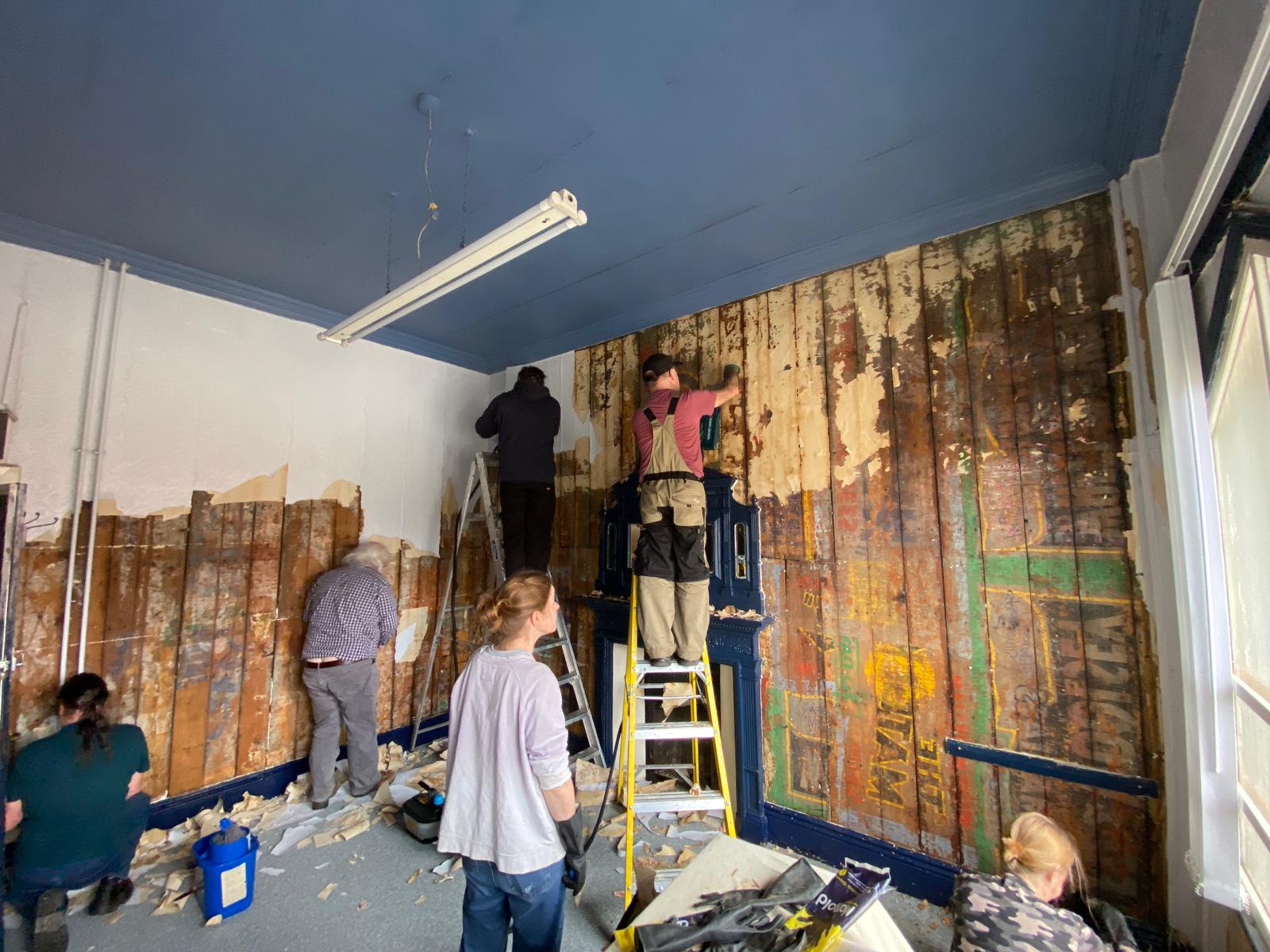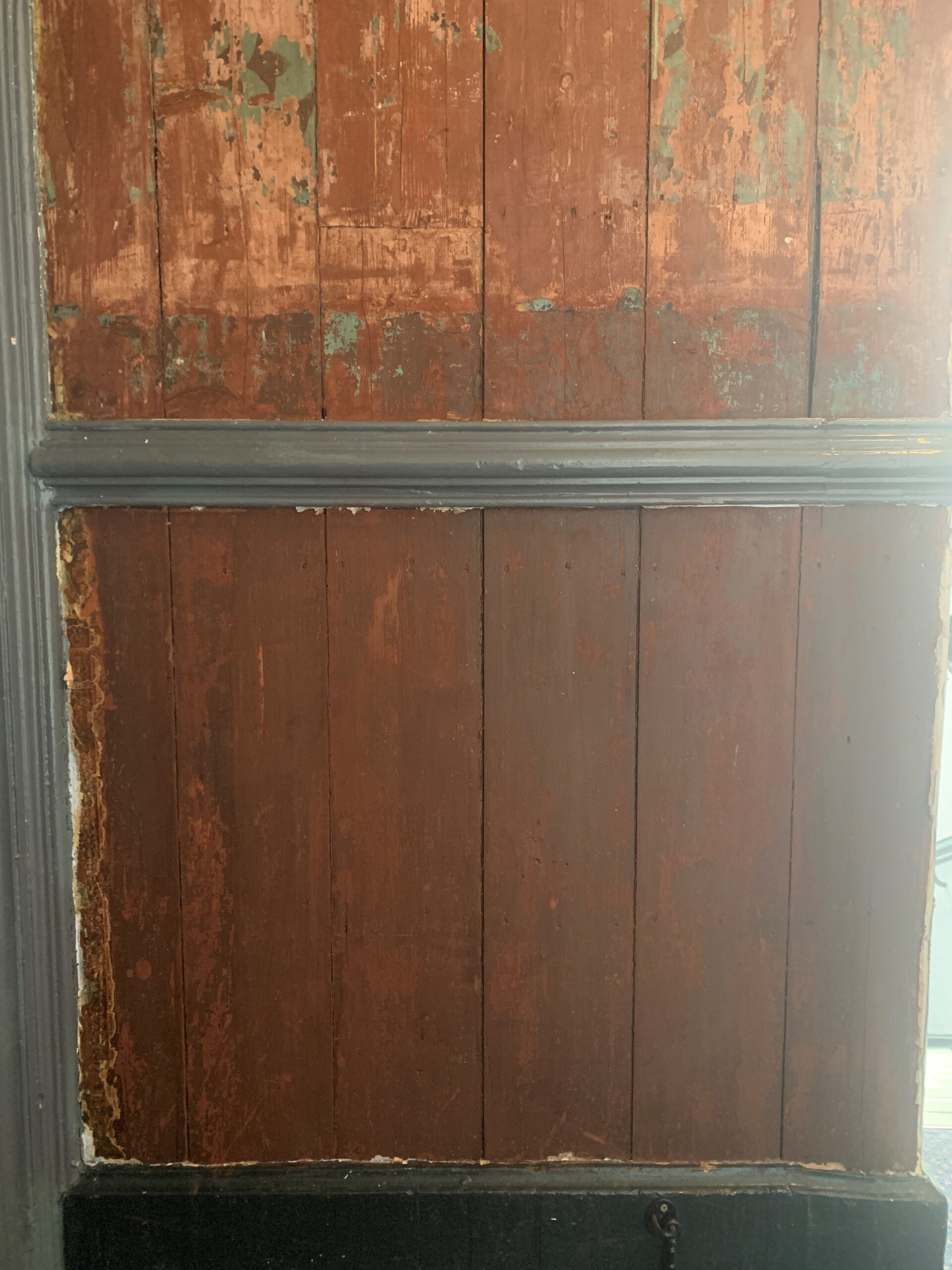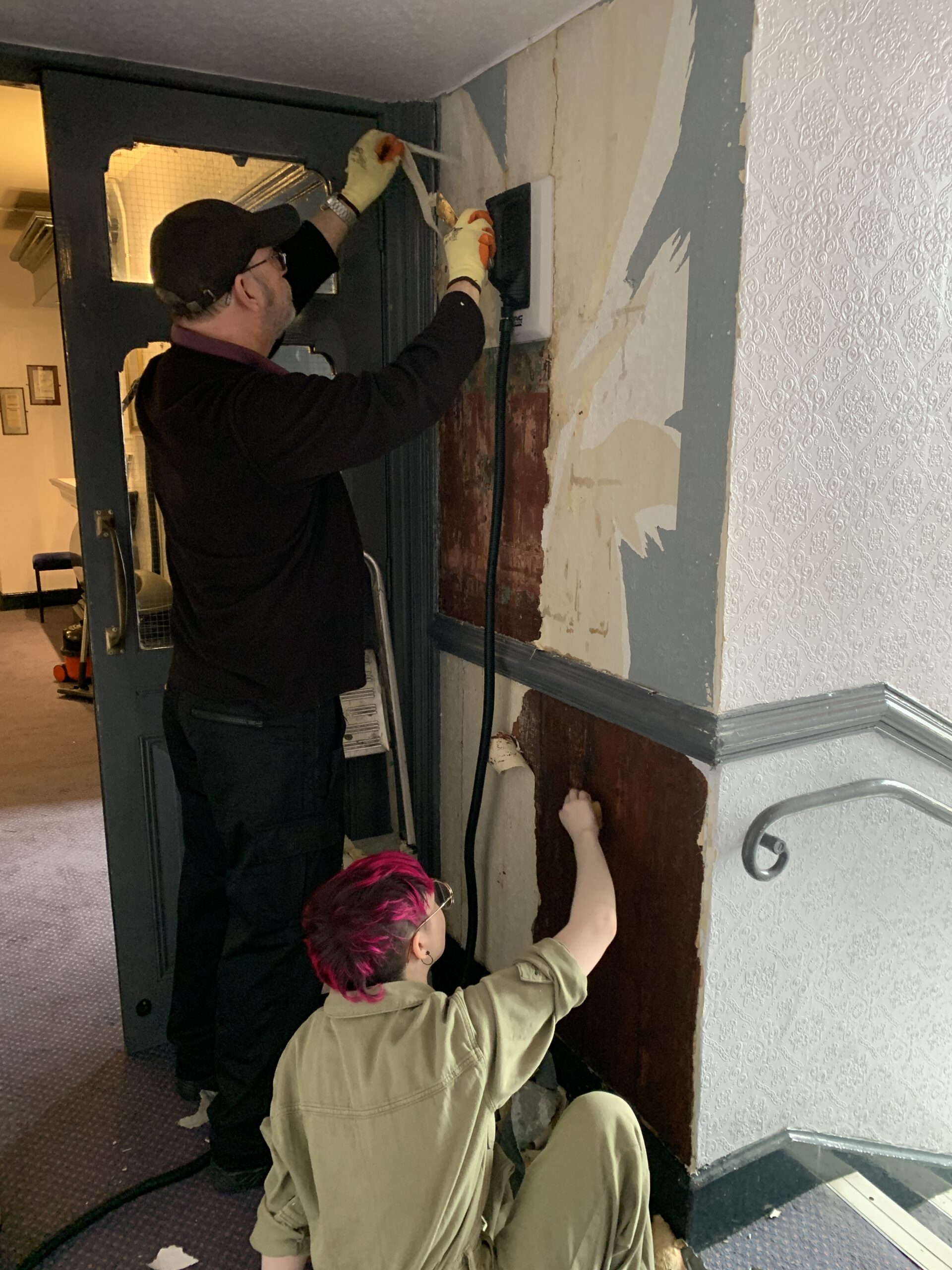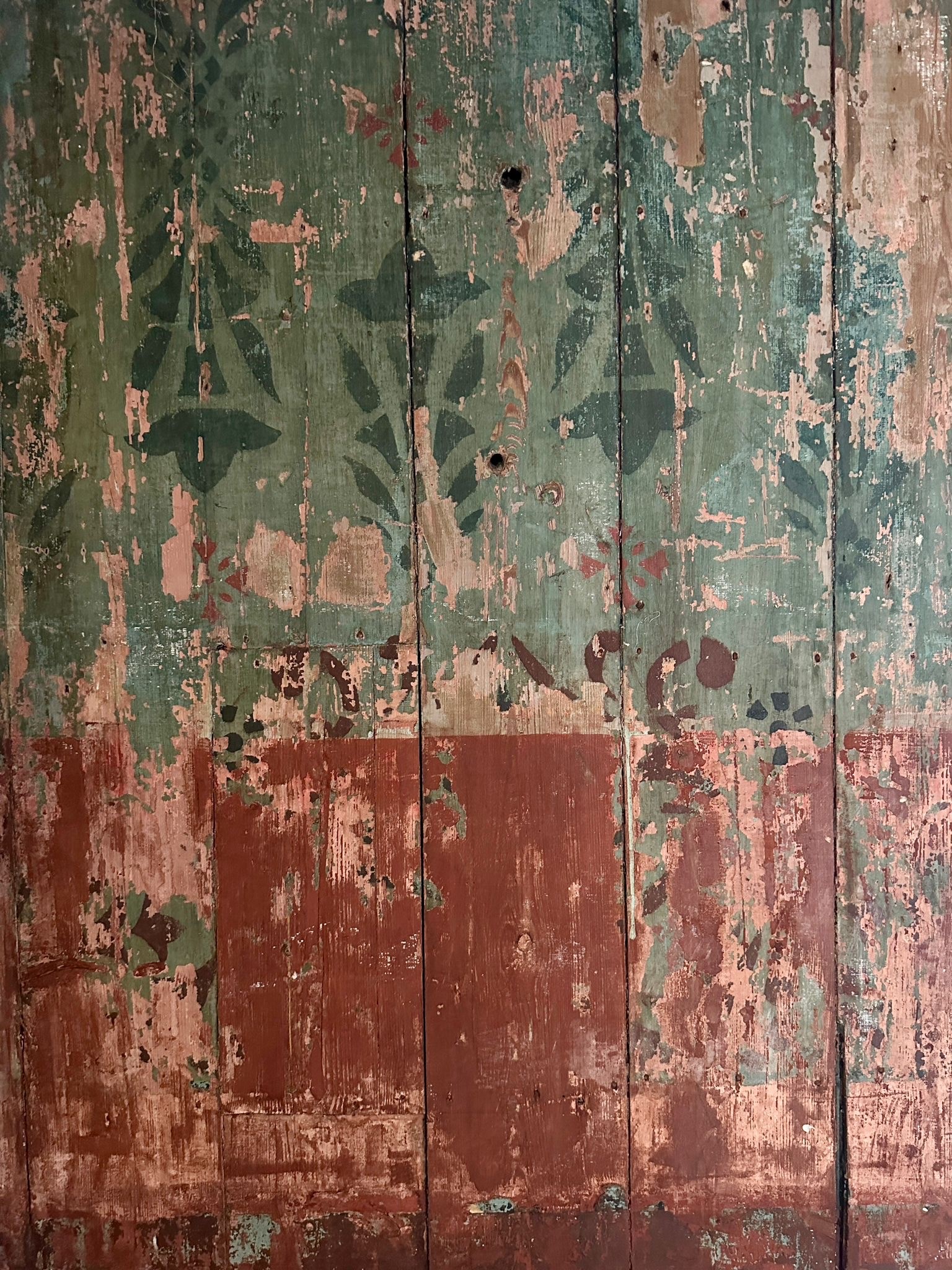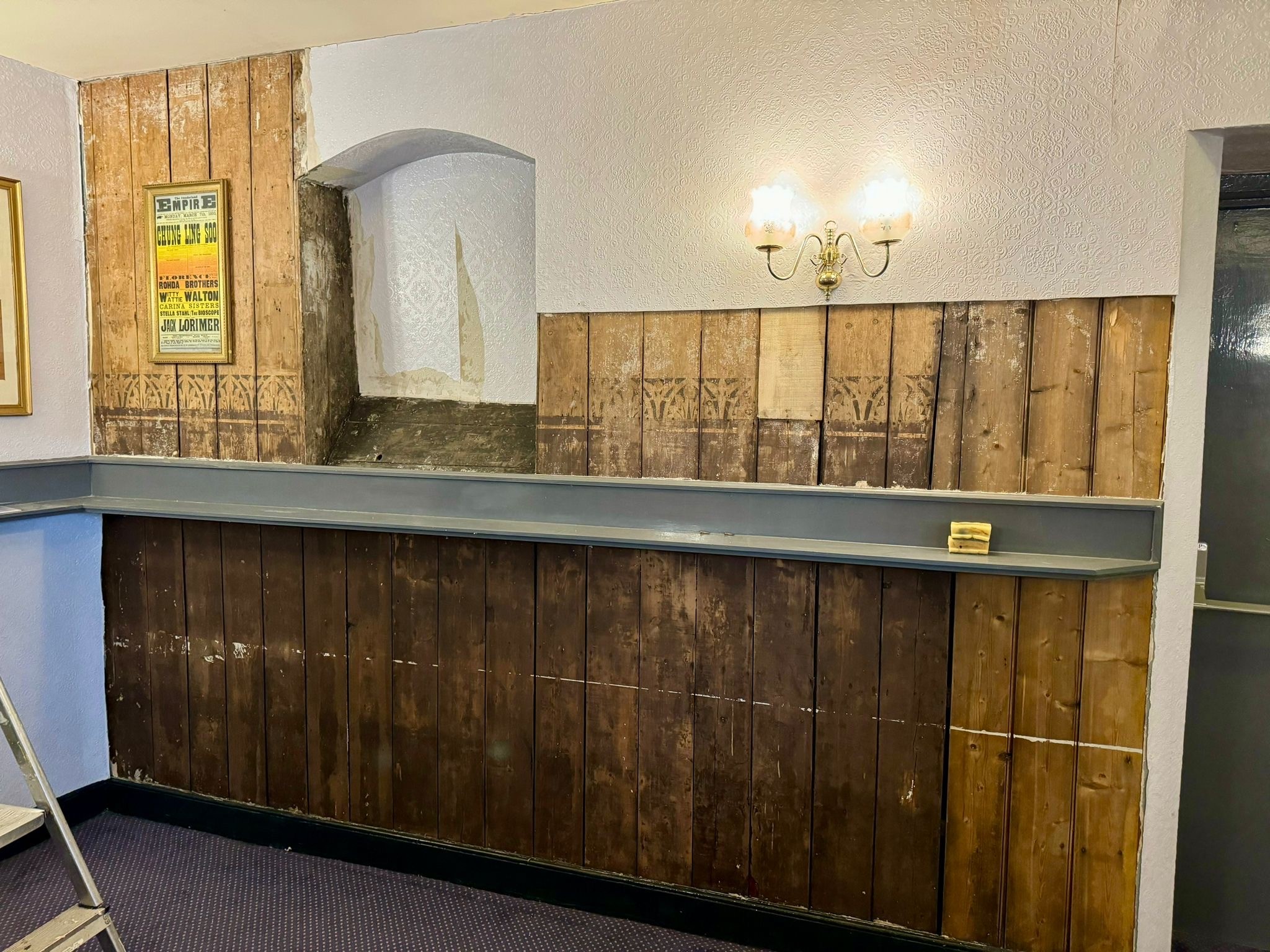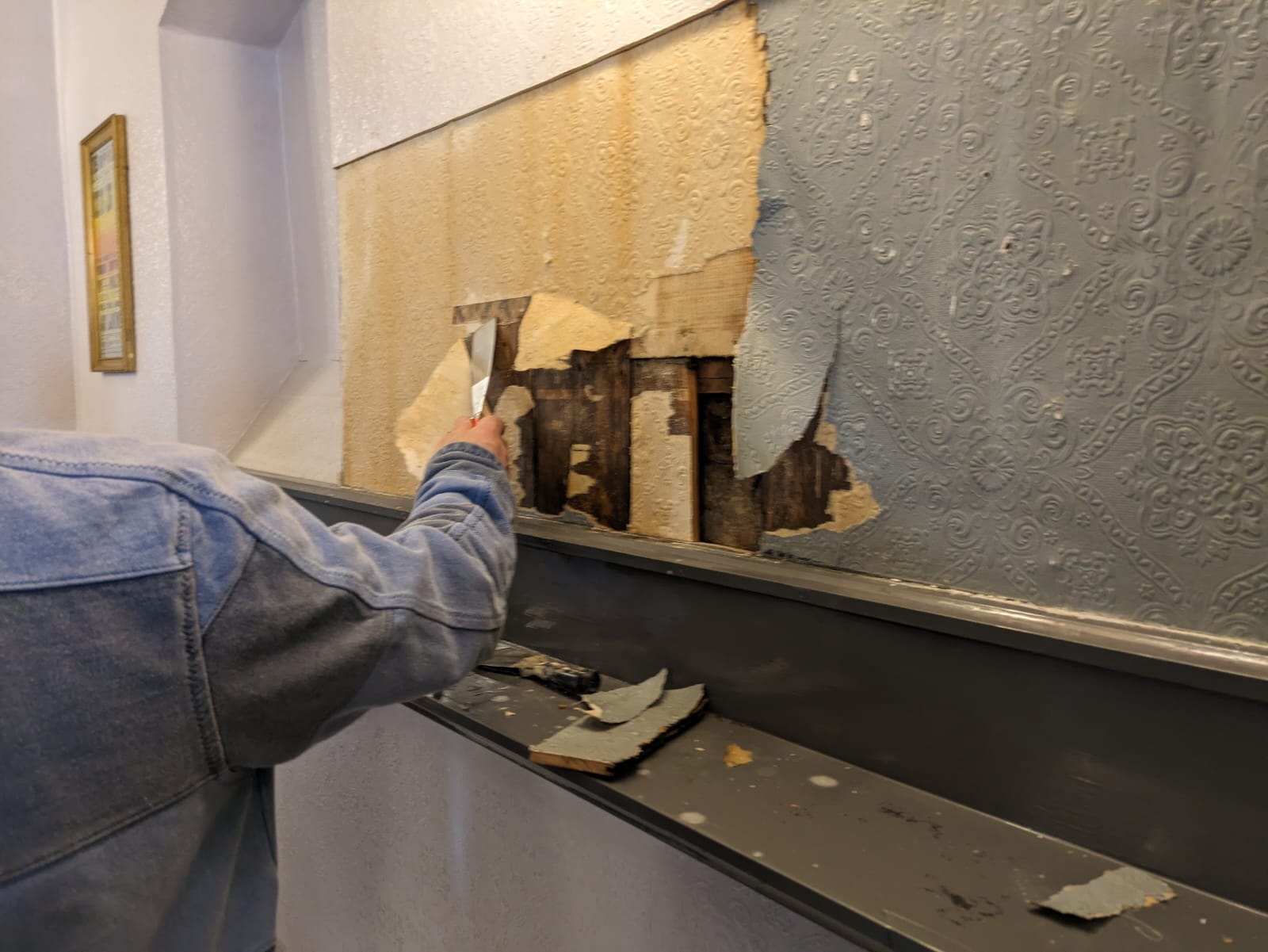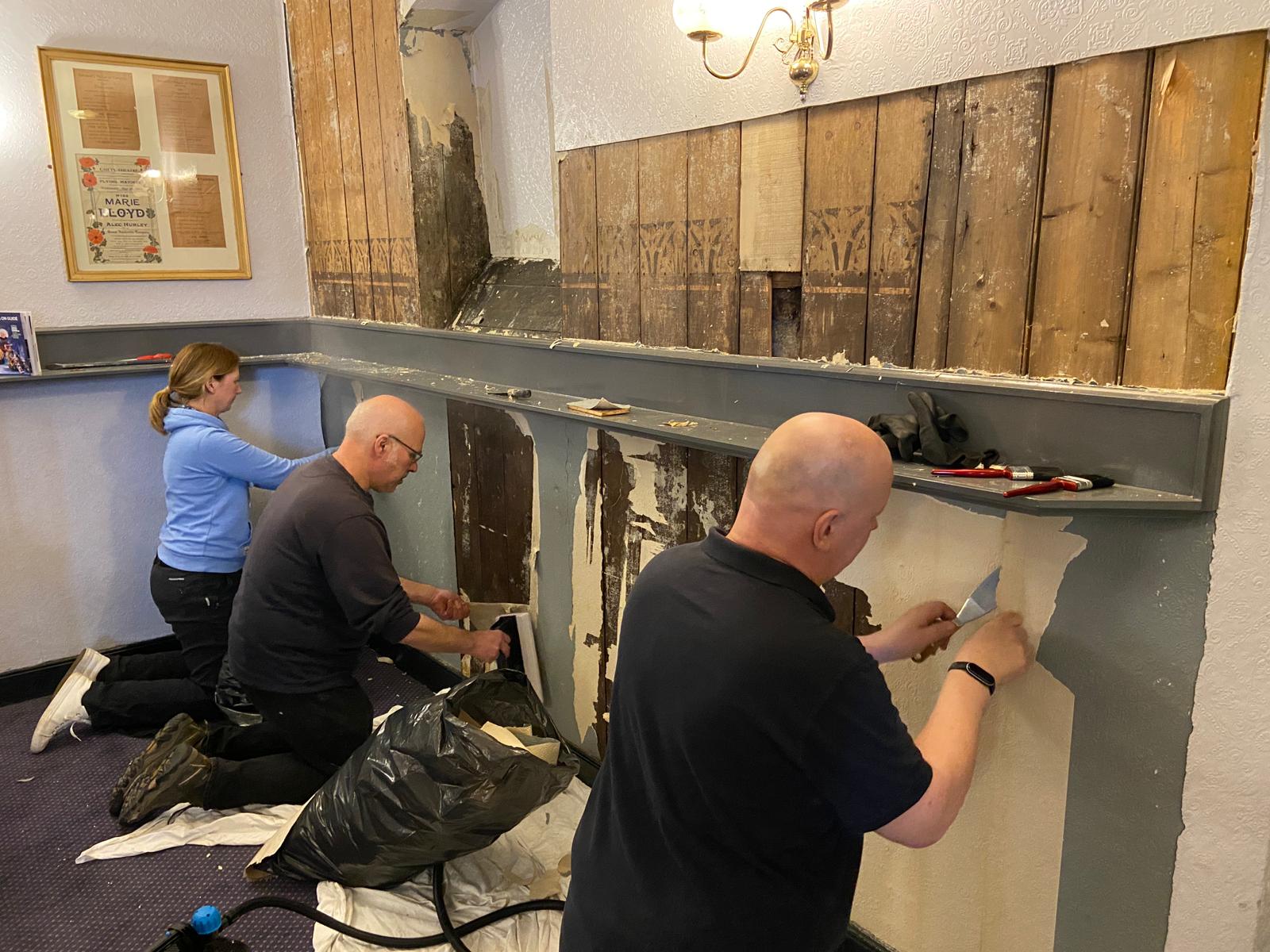We have been able to identify the following films:
The Blue Angel/Der blaue Engel (1930), a musical comedy-drama directed by Josef ven Sternberg and starring Marlene Dietrich and Emil Jannings. This was the first feature-length sound film made in Germany, and was made in both a German-language version and an English-language version. The Stoll showed the film, presumably the latter version, from 3rd September 1932.
Mystery Ranch (1932), an American Western, directed by David Howard and starring George O’Brien and Cecilia Parker. This was shown at the Stoll in November 1932.
The Match King (1932), an American drama, directed by William Keighley and Howard Bretherton and starring Warren William and Lili Damita, and Central Park (1932), an American crime drama, directed by John G. Adolfi and starring Joan Blondell and Wallace Ford. These were shown in a double bill at the Stoll from 22nd May 1933.
Perfect Understanding (1933), a British comedy shown here from 28 August 1933. The film was directed by Cyril Gardner and starred Gloria Swanson and Laurence Olivier.
Cynara (1932), an American romantic drama, directed by King Vidor and starring Ronald Colman and Kay Francis. This was shown at the Stoll from 18th September 1933.
Diplomaniacs (1933), an American comedy, directed by William A. Seiter and starring Bert Wheeler and Robert Woolsey, a vaudeville act. This film played at the Stoll in November 1933.
My Woman (1933), an American romance, directed by Victor Schertzinger and starring Helen Twelvetrees. This was shown at the Stoll from 5th February 1934.

